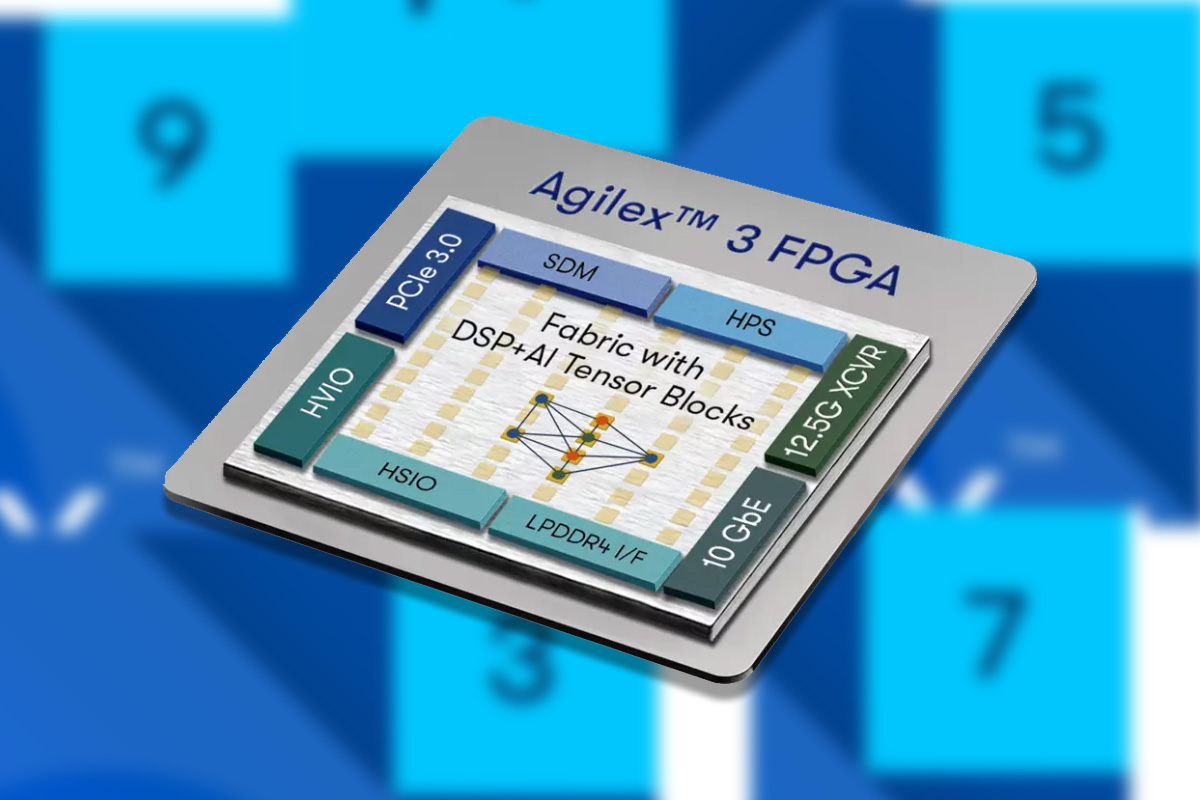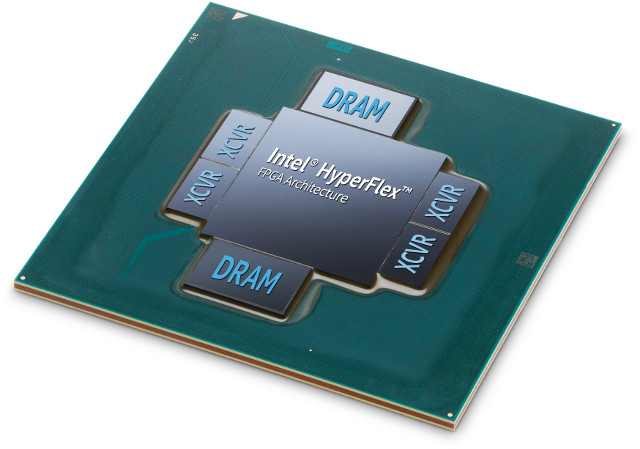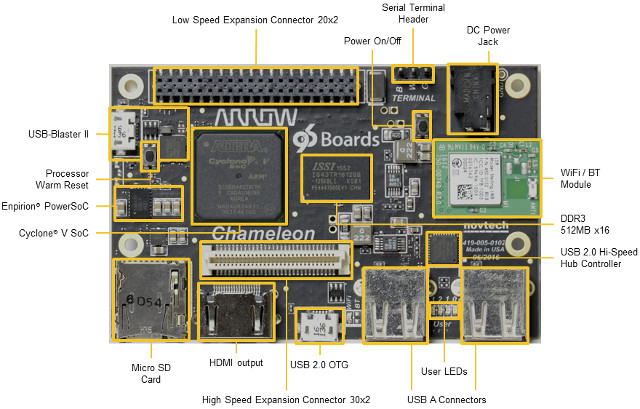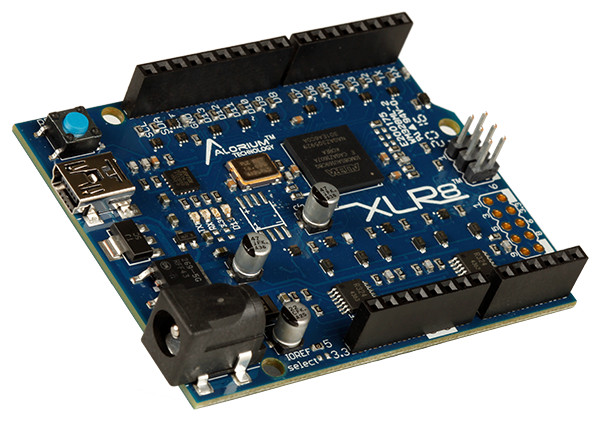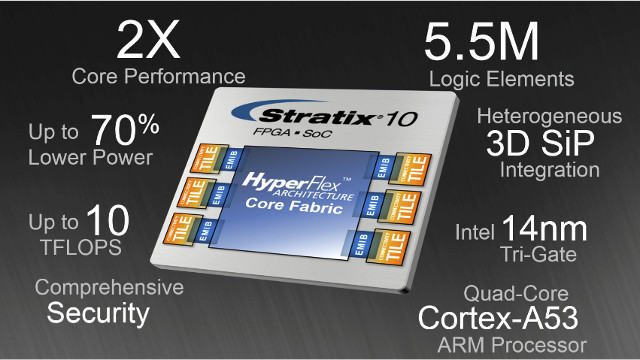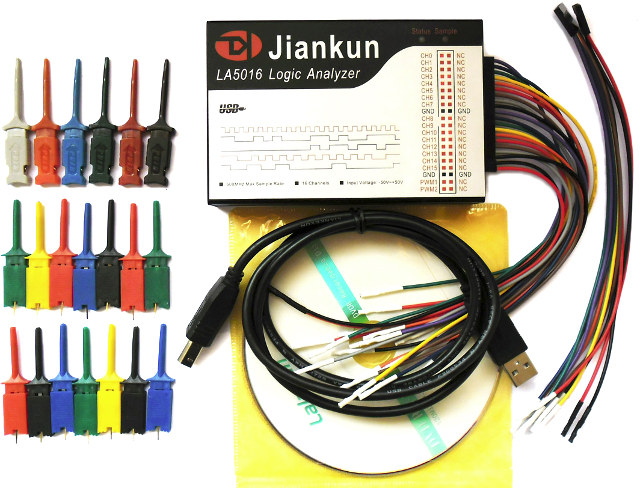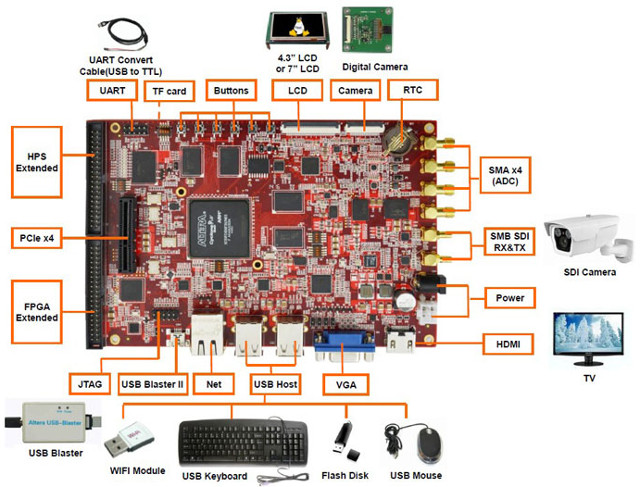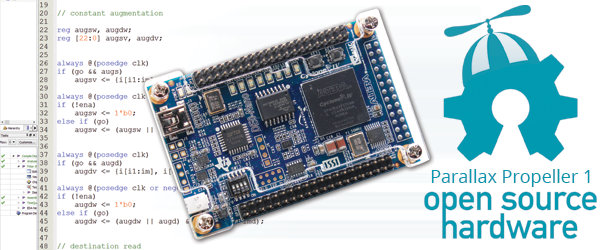Altera, an independent subsidiary of Intel, has launched the Altera Agilex 3 SoC FPGA lineup built on Intel’s 7nm technology. According to Altera, these FPGAs prioritize cost and power efficiency while maintaining essential performance. Key features include an integrated dual-core Arm Cortex A55 processor, AI capabilities within the FPGA fabric (tensor blocks and AI-optimized DSP sections), enhanced security, 25K–135K logic elements, 12.5 Gbps transceivers, LPDDR4 support, and a 38% lower power consumption versus competing FPGAs. Built on the Hyperflex architecture, it offers nearly double the performance compared to previous-generation Cyclone V FPGAs. These features make this device useful for manufacturing, surveillance, medical, test and measurement, and edge computing applications. Altera’s Agilex 3 AI SoC FPGA specifications Device Variants B-Series – No definite information is available C-Series – A3C025, A3C050, A3C065, A3C100, A3C135 SoC FPGAs Hard Processing System (HPS) – Dual-core 64-bit Arm Cortex-A55 up to 800 MHz that supports secure […]
Intel Stratix 10 MX FPGA Integrates High Bandwidth Memory DRAM (HBM2)
Intel started sampling (Altera) Stratix 10 ARM + FPGA SoC in late 2016, and now the company has announced the availability the new Stratix 10 MX FPGA family wih High Bandwidth Memory DRAM (HBM2). The latter allow Stratix 10 MX FPGAs to offer up to 10 times the memory bandwidth when compared with standalone DDR memory solutions. The higher bandwidth will be useful for multi-function accelerators for high-performance computing (HPC), data centers, network functions virtualization (NFV), and broadcast applications. Intel / Altera Stratix 10 MX SoC key features and specifications: Processor – Quad-core ARM Cortex-A53 MP Core up to 1.5 GHz Logic Density Range – 1.092M LE to 2.073M LE Embedded Memory 3.5 to 8GB HBM2 high-bandwidth DRAM memory 45 Mbit to 90 Mbit eSRAM memory 86 Mbit to 134 Mbit M20K memory 6 Mbit to 11 Mbit MLAB memory Up to 7,920 18 x 19 Multipliers Up to 72 […]
Arrow Chameleon96 Board To Feature Intel Altera Cyclone V SE FPGA + ARM SoC in 96Boards Form Factor
Embedded World 2017 will start in about one week, and take place in March 14 – 16 in Nuremberg, Germany, so we can expect interesting embedded news coming soon. Arrow has written a blog post with plans to announce three 96Boards at the event: Meerkat based on NXP i.MX 7Dual, Chameleon96 based on Intel/Altera Cyclone V FPGA + ARM SoC, and Systart Oxalis 96Boards EE board powered by NXP LS1020A single core ARM Cortex A53 SoC. I’ll start with Chameleon (Chameleon96) today, as it’s the first with FPGA fabric, and I could find some technical details and photos about the board. Chameleon96 board specifications: SoC – Intel PSG / Altera Cyclone V SE 5CSEBA6U19I7N with a dual core ARM Cortex A9 processor @ up to 800 MHz and FPGA fabric with 110K Logic Elements Chips, Ports and Features connected to FPGA: Integrated USB-Blaster II JTAG cable Configuration sources: SD Card, […]
Alorium XLR8 Arduino Compatible Altera MAX 10 FPGA Board Sells for $75
We already have a fair choice of boards with Arduino compatible headers powered by an FPGA with options such as $99 Digilent Arty (Xilinx Artix-7 FPGA), FleaFPGA (Lattice FPGA), Papillio DUO (Xilinx Spartan 6), or Snickerdoodle + shieldBuddy (Xilinx Zynq-7010/20). There’s no yet another choice with Alorium Technology XLR8 Arduino UNO like board powered by Altera MAX10 FPGA. XLR8 board specifications: FPGA – Altera MAX 10 FPGA MCU – Atmel/Microchip ATmega328 8-bit MCU Digital I/Os 5V inputs, 3.3V outputs 14x Digital I/O Pins 6x PWM Digital I/O Pins 6x Analog Pins Analog Inputs 5V tolerant Op-amp circuit emulates 0-5V behavior of the ADCs on the Arduino UNO Performance: 1 MHz; Resolution: 12-bit sustained Sample Rate: 154k samples/second Power Supply – 5V via USB or barrel connector Dimensions – Arduino UNO form factor The board is supported by Altera Quartus Prime Lite Edition, and programmable either via JTAG though a USB […]
Intel Has Started Sampling Altera Stratix 10 ARM Cortex A53 + FPGA SoC
Intel bought Altera last year, which means Intel is now in the FPGA business, and the company has recently announced they had started to provide samples of Startix 10 SoC manufactured using Intel 14 nm tri-gate process. The interesting part if that beside FPGA fabric, the SoC also includes four ARM Cortex A53 cores. Intel / Altera Stratix 10 SoC key features and specifications: Processor – Quad-core ARM Cortex-A53 MP Core up to 1.5 GHz Logic Core Performance – 1 GHz Logic Density Range – 500K LE – 5.5M LE Embedded Memory – 229 Mb Up to 11,520 18 x 19 Multipliers Up to 144 Transceivers up to 30 Gbps data rate (Chip to Chip) Memory Devices Supported – DDR4 SDRAM @ 1,333 MHz,DDR3 SDRAM @ 1066 MHz, LPDDR3 @ 800 MHz, RLDRAM 3 @ 1200 MHz, QDR IV SRAM @ 1066 MHz, QDR II+ SRAM @ 633 MHz, Hybrid […]
LA1016, LA2016, and LA5016 Logic Analyzers Cost as Low as $75
I remember 10+ years ago, when my managers argued whether buying a logic analyzer, because some of its functions could be done by an oscilloscope, and logic analyzers were selling for a few thousands dollars at the time. Fast forward to 2014, it’s now possible to acquire lower end logic analyzers that connect to a PC for as low as $75 thanks to products such as LA1016, LA2016, and LA5016, all supports 16-channels and respectively 100, 200 and 500 Mbps sampling rate. Key features and specifications: Input channels – 16 Max Sampling Rate: LA1016: 100M; LA2016: 200M; LA5026: 500M Measurement Bandwidth – LA1016: 20M; LA2016: 40M; LA5016: 80M Min pulse width – LA1016: 20ns; LA2016: 12.5ns; LA5016: 6.25ns Hardware memory size – LA1016/LA2016: 1Gbits; LA5016: 512Mbits Hardware sampling depth – LA1016/LA2016: 50M/channel; LA5016: 32M/channel Max compressed depth – LA1016/LA2016: 10G/channel; LA5016: 5G/channel Input voltage range – -50V ~ +50V Input […]
Lark Board Powered by Altera Cyclone V SX ARM Cortex A9 + FPGA SoC
Farnell/Element14 has quietly announced Lark Board from their subsidiary Embest Technology in September. The board is powered by an Altera Cyclone V ARM Cortex-A9 dual-core + FPGA processor with high speed transceivers, runs Debian 7.4, and targets medical instruments, video surveillance and industrial control applications. Lark board specifications: SoC – Altera Cyclone V SX (5CSXFC6D6F31I7N) with a dual core Cortex A9 processor (HPS – Hard Processor System) @ 800 MHz, FPGA fabric including up to 110K logic cells (LE), and high speed transceivers (2 PCIe hard IPs and 9 3Gbps transceivers) System Memory – 1GB DDR3 SDRAM for HPS, 1GB DDR3 SDRAM for FPGA Storage – 4GB eMMC Flash + micro SD card slot Audio/Video Interfaces – HDMI, VGA, and 24-bit LCD interface supporting 4-wire touch screen Data Transfer Interfaces: High-resolution serial digital interface (SDI) that supports SMD standard interface and provides a SDI TX and a SDI RX 12-bit […]
Parallax Propeller 1 P8X32A Open Source Multi-core MCU
Lots of electronics devices are now powered by open source software such as Linux, open source hardware is not as wide-spread, but gaining tracking traction thanks to the like of Arduino, Beagleboard.org, Olimex, and many projects on crowdfunding websites, and now we even start seeing some open source silicon. Existing open source processors include LEON3 (SparkV8) MCU, OpenRisc, and just very recently, LowRISC, based on 64-bit RISC-V instruction set architecture, has been announced with the backing of some of Raspberry Pi co-founders, Google ATAP, etc… and is currently being developed at the University of Cambridge, UK. Parallax Propeller 1 P8X32A is another MCU which has been open sourced last week. Propeller 1 P8X32A had however been released in April 2006, and can be sourced as a 40-pin DIP chip for prototyping, and 44-pin QFP and QFN for production, and come with the following key features: Power Requirements: 3.3 VDC […]


